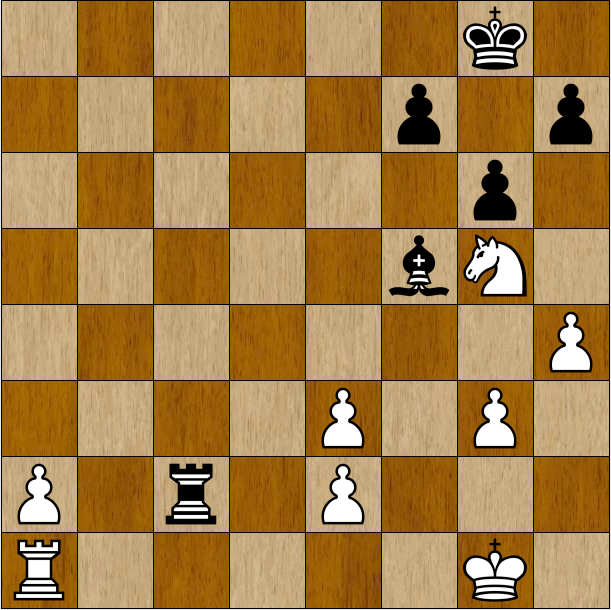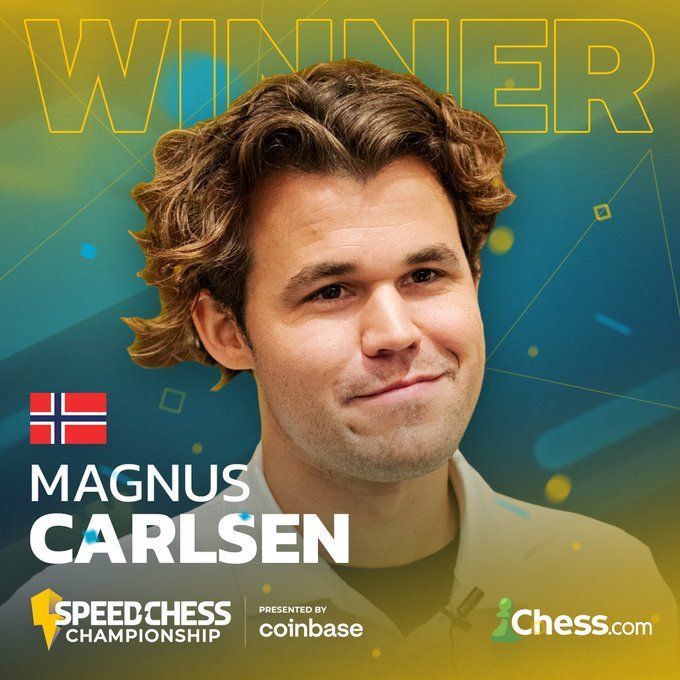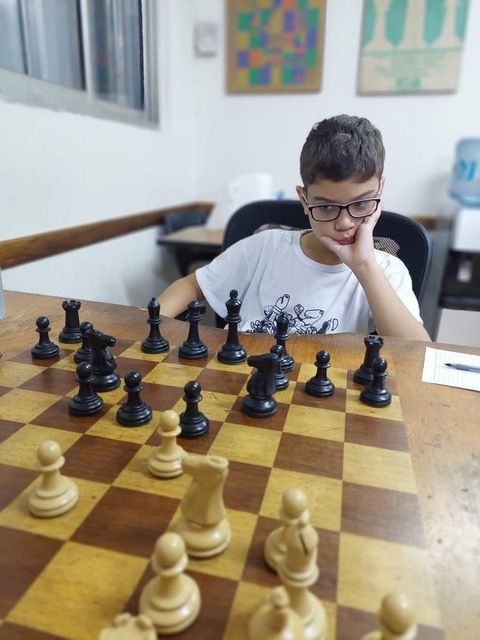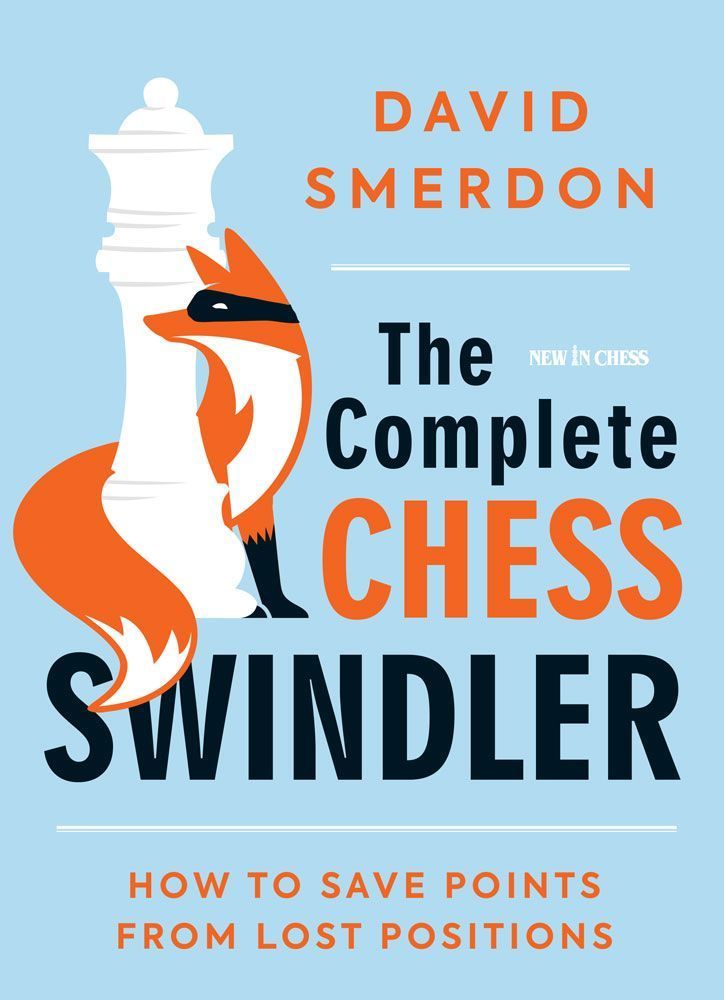Team Chess
Chess and cricket are not exactly the most natural of bedfellows, but the analogies are striking in the inaugural Tech Mahindra Global Chess League (GCL), as it seems to model itself on the very lucrative Indian Premier League (IPL) that revolutionised cricket with its ten city-based franchised teams.
Just like the IPL, the new franchised-team system of the GCL consists of icons/legends, colourful team outfits (emblazoned with sponsor logos and player names on the back of the shirts), to even similar catchy sponsor team names of the SG Alpine Masters, Ganges Grandmasters, Triveni Continental Kings, Chingari Gulf Titans, UpGrad Mumba Masters, and Balan Alaskan Knights.

As happened in cricket, the GCL aims to shake up and redefine the world of chess by bringing together the brightest stars in the game, including Magnus Carlsen, Viswanathan Anand, Ding Liren, Ian Nepomniachtchi, Hou Yifan, Kateryna Lagno et al, and other renowned players, alongside distinguished sports entrepreneurs as franchise owners.
Backed by Tech Mahindra, a deep-pocketed Indian IT company, the league - also a joint venture with the game’s governing body, FIDE - will offer salaries that the organisers say will revolutionise the chess ecosystem. Another much-welcomed twist is the diversity involved in the new venture, with the six teams of six including an icon of the game, two elite GMs, two women GMs and an under-21 junior.
The two-week event runs through 2 July in Dubai, where Carlsen leads his SG Alpine Warriors into the inaugural season. Launching the venture to the media, Jagdish Mitra, chair of the league’s board, said it all hinged on recruiting the world’s top players. “You don’t compromise on talent. ... Magnus — there’s no bigger name than him in the game of chess.”
Carlsen is one of six “icons” - the others being Vishy Anand (Ganges Grandmasters), Maxime Vachier-Lagrave (UpGrad Mumba Masters), Jan-Krzysztof Duda (Chingari Gulf Titans), Ian Nepominiachtchi (Balan Alaskan Knights), Ding Liren (Triveni Continental Kings) tapped to lead his team, the SG Alpine Warriors. The Norwegian was searching for something new and said he was intrigued by what the league was trying to do: take a board game known all over the world and package it in a team-based format that’s popular with traditional sports fans.
One of the early rounds saw the inevitable marquee match-up of the icons on Day 2, as SG Alpine Warriors met the Ganges Grandmasters that came with an epic clash of the GOATS between five-times ex-world champion Carlsen and the man he beat in 2013 to win the title, six-time ex-champion Anand.
One of the early rounds saw a marquee match-up on Day 2, as SG Alpine Warriors met the Ganges Grandmasters with an epic clash between five-times ex-world champion Carlsen and six-time ex-champion Anand. It didn’t live up to its hype, as Carlsen ruthlessly exploited an early rust-induced blunder, with a masterclass on how to transition down to a won ending.
Photo: It's the ultimate clash of the icons, with Carlsen vs Anand |©
Tech Mahindra Global Chess League
GM Magnus Carlsen - GM Viswanathan Anand
Global Chess League, (2.1)
A36: English/Reti Opening
1.c4 c5 2.g3 Nc6 3.Bg2 g6 4.Nc3 Bg7 5.d3 d6 6.Qd2 Nf6 7.b3 O-O 8.Bb2 There's no big theory battle, just a slow English/Reti Opening - arguably a wise choice from Carlsen, as Anand is lacking tournament praxis, so no big prepared line and White with just a little edge to work with, as he builds up to a timely d4 break. 8...Bd7 9.Nf3 Rb8 10.O-O a6 11.Nd5 e6 12.Nxf6+ Bxf6 13.d4 b5? And this was just the scenario Carlsen was probably hoping for with his deliberate slow opening choice, as a rust-induced miscue from Anand ultimately proves early doors to be the deciding factor in the game - but not before we receive free masterclass from Magnus on how best to transition down to a winning endgame. The correct move was 13...Qe7 where 14.dxc5 Bxb2 15.Qxb2 dxc5 16.Nd2 Rfd8 17.Rfd1
(It's too soon for 17.Ne4 as 17...f5! 18.Nf6+ Kf7 19.Nxd7 (Not 19.Nxh7?? Rh8 and the knight is lost) 19...Qxd7 with total equality) 17...e5 18.Ne4 f5 19.Nc3 e4 20.Nd5 Qg7! 21.Qa3 Nd4 22.Qxc5 Nxe2+ 23.Kf1 Nc3 24.Nxc3 Qxc3 25.Rac1 Qb2 26.Qe7 and while there's still some minor discomfort for Black, this is really nothing that a player of Anand's calibre shouldn't easily be able to hold - for example, one continuation being: 26...Be8 27.Rxd8 Qxc1+ 28.Ke2 Rxd8 29.Qxd8 Qb2+ 30.Ke3 (White has to accept the inevitable of a perpetual, as 30.Qd2 Qa1! and Black now has a very slight initiative) 30...Qc1+ 31.Ke2 Qb2+ 32.Ke3 etc and a draw. 14.dxc5 Bxb2 15.Qxb2 dxc5 16.cxb5 axb5 17.Rfc1!
Always the trouble for lesser players in such positions is, when given the choice, which rook to move - and here, Carlsen rightly opts for the "unnatural" rook move, the (full) point being that he can envision the coming ending where his passed a-pawn, supported by the Ra1, pushes up the board and proves to be a big game-winner. 17...c4 18.bxc4 bxc4 19.Qc3 e5 20.Qxc4 Qe7 21.h4 Rfc8 22.Qe4 Bf5 23.Qe3 e4 24.Ng5! When the dust settles, Anand will be sans two pawns, though Carlsen's pawn structure will be wrecked - but the deciding factor is the looming power of White's passed a-pawn as it gets set to run unhindered up the board. 24...Nb4 25.Rxc8+ Rxc8 26.Bxe4 Nc2 27.Bxc2 Qxe3 28.fxe3 Rxc2 (see diagram) 29.Kf1! You have to be careful not to jump the gun by pushing the a-pawn right away, as 29.a4 Rxe2 30.a5 h6 31.Nf3 Rxe3 32.Kf2 Re7 offers Black realistic drawing chances as the a-pawn can be blocked with ...Ra7 and ...Be4. But with 29.Kf1!, Carlsen just simplifies the position down to an easily won ending where he's in no immediate hurry to start pushing his a-pawn, and he just concentrates first on solidifying his position and then bringing his knight to the dominant d4 square. 29...Bc8 Anand is basically just going through the motions here of trying to make some nebulous threatening moves for the sake of making nebulous threatening moves, and no better is heading directly for the R+P ending with 29...Bg4 30.Nf3 Bxf3 31.exf3 Rh2, as it will be easily answered by 32.Kg1 Re2 33.e4 Re3 34.a4! and the a-pawn is off to the races. 30.Nf3 Ba6 31.Nd4 Rc3 32.Kf2 Ra3 33.Nc2 Ra4 34.a3 Nicely freeing up the rook to come into the game - and that alone will soon hasten Anand's resignation. 34...Bb7 35.Nb4 Kg7 36.Nd3 Heading to c5 or even b2, and looking to shunt the a-pawn a little further up the board. Once the a-pawn starts running, the game is over. 36...Ra5 37.Rb1 Bd5 38.Ra1 Be4 39.Nb2 Kh6 Not the most resilient defence, but then again, there's just no way to stop the a-pawn running. If 39...Rb5 40.Nc4 Rc5 41.Nd6 Bc6 42.Rb1 Kf8 43.Rb4! Ke7 44.Nc4 Bd5 45.Nb6 Be6 46.e4 Kf6 47.Rd4 Rc1 (Alternatively, there's 47...Ke5 48.Ke3 etc.) 48.Rd3 Ra1 49.Kf3 h5 50.Nd5+ Ke5 51.Nb4 and slowly but surely, with the Black king cut-off from crossing over to the queenside, after Nc2 and Rc3, White will find the ideal position to usher the a-pawn ever further up the board.
40.Nc4 Ra6 41.a4
There's no stopping the a-pawn, and with it Anand's coming resignation.
41...Kh5 42.Nd2 Rf6+ 43.Nf3 Kg4 44.a5 1-0
Anand resigns as 44...Bxf3 45.exf3+ Rxf3+ 46.Ke2 and the Black rook can't get back in time to stop the a-pawn.













